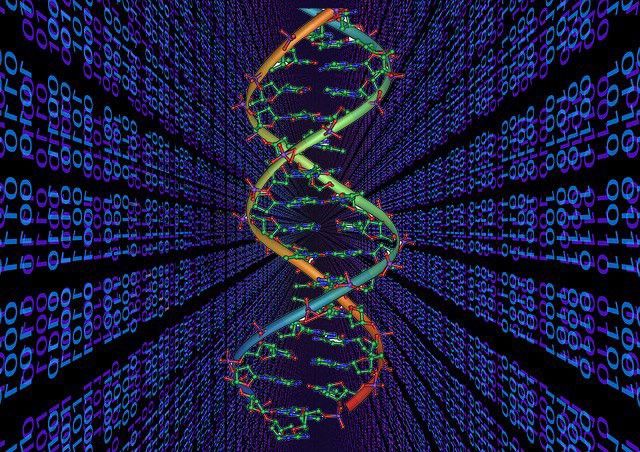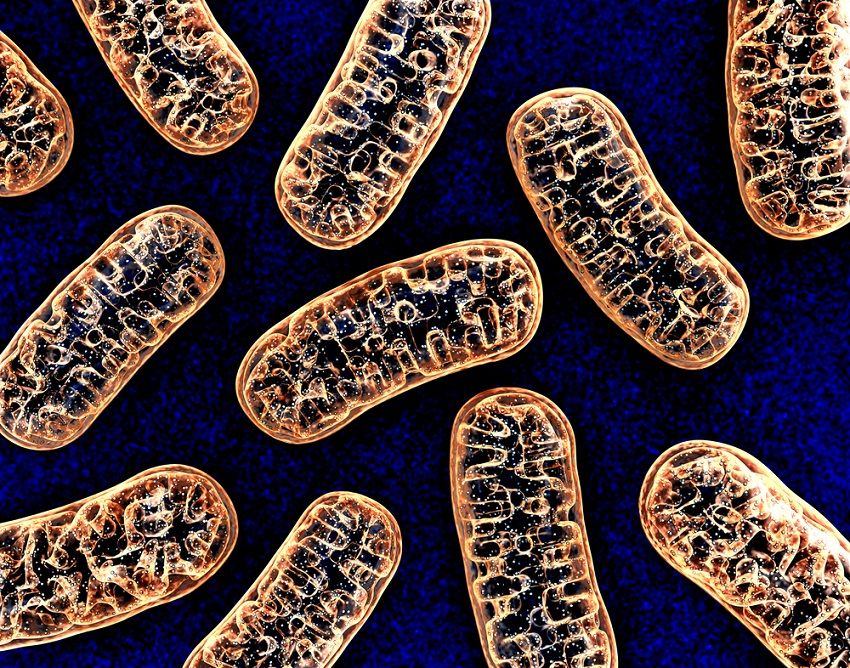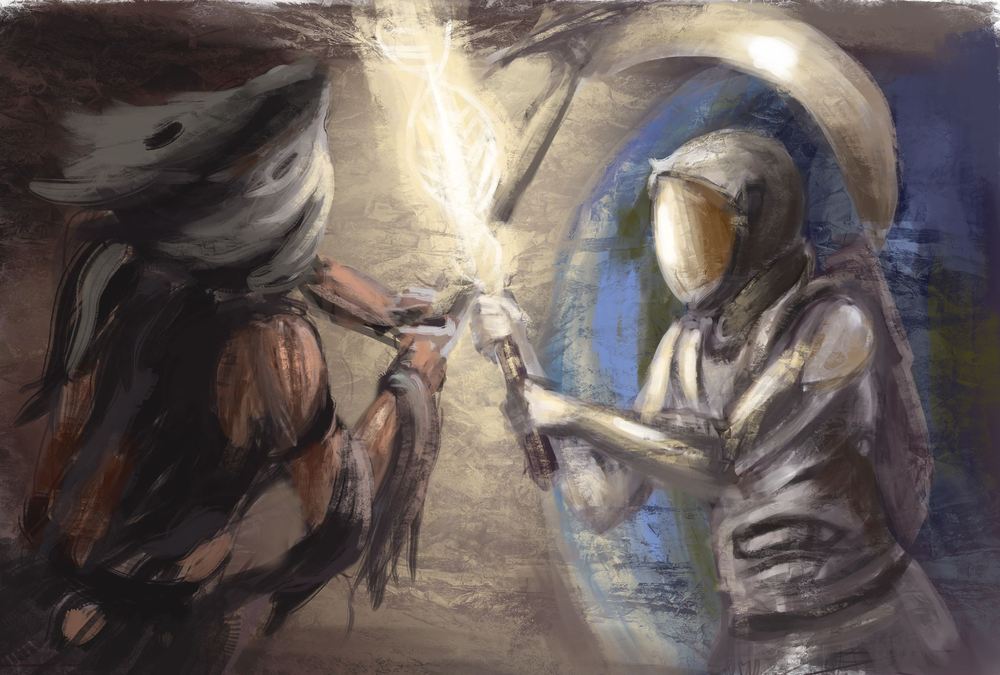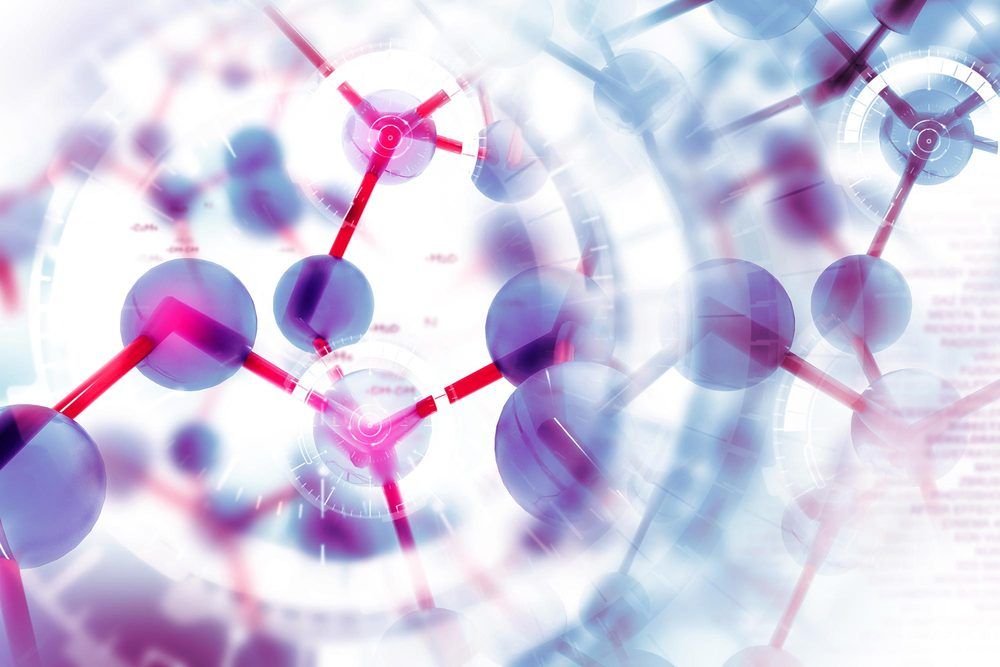
Many of us are fascinated by our various computing devices — our smartphones, our smart watches, and an ever-growing array of smart devices. What we sometimes forget is that we are biological creatures (at least, until The Singularity), and that even though biology as a discipline has been around much longer than computing, biology may yet supersede it.
If the 20th century was the era of computers, the 21st century may be the era of biology. And the two may even merge. Hello, synthetic biology and biological computing!
Last week SynBioBeta hosted The Global Synthetic Biology Summit, “where tech meets bio and bio meets tech.” People were urged to attend “to see how synthetic biology is disrupting consumer products, food, agriculture, medicine, chemicals, materials, and more.”

















